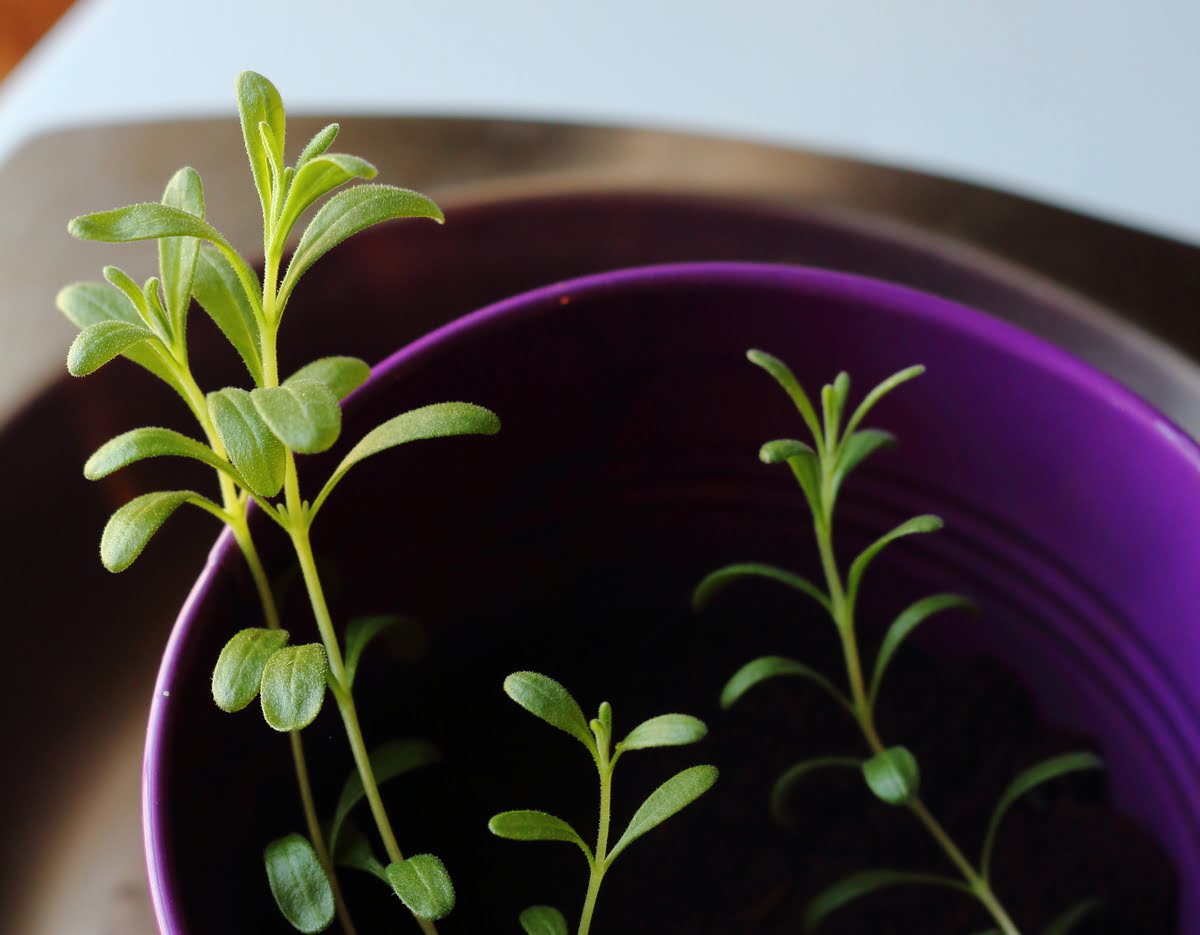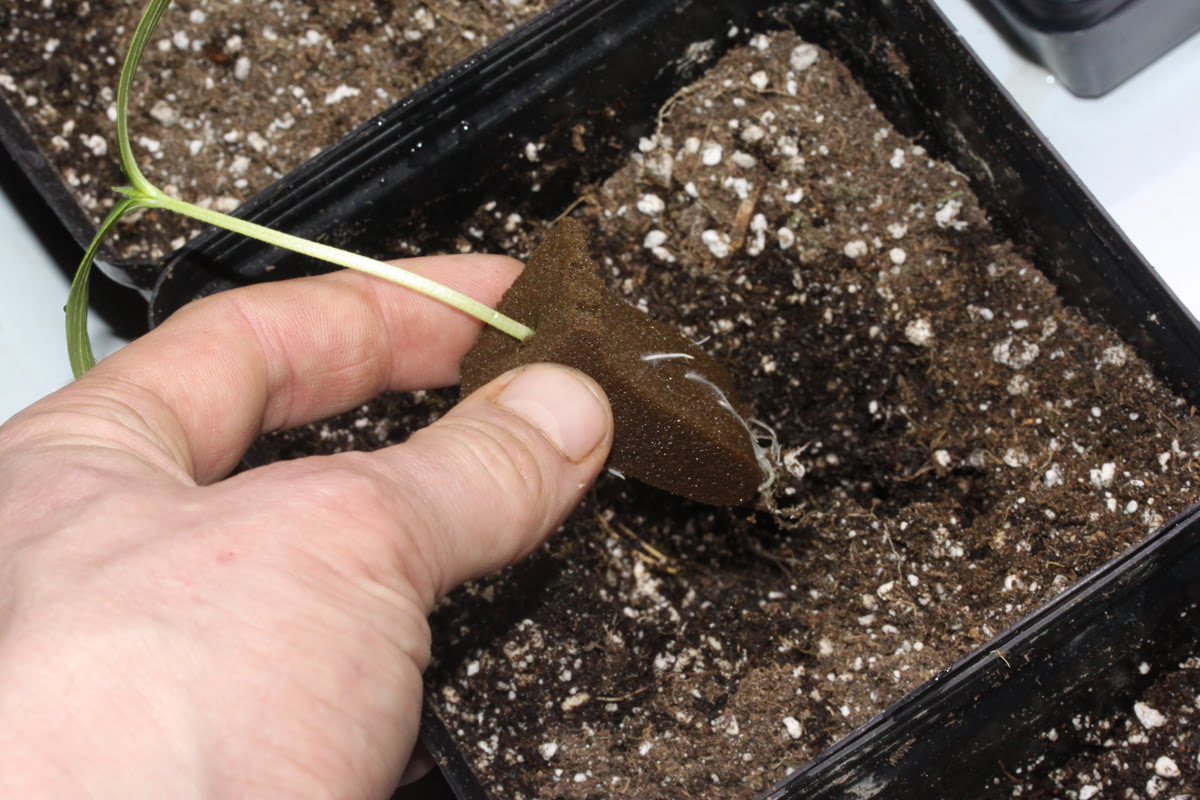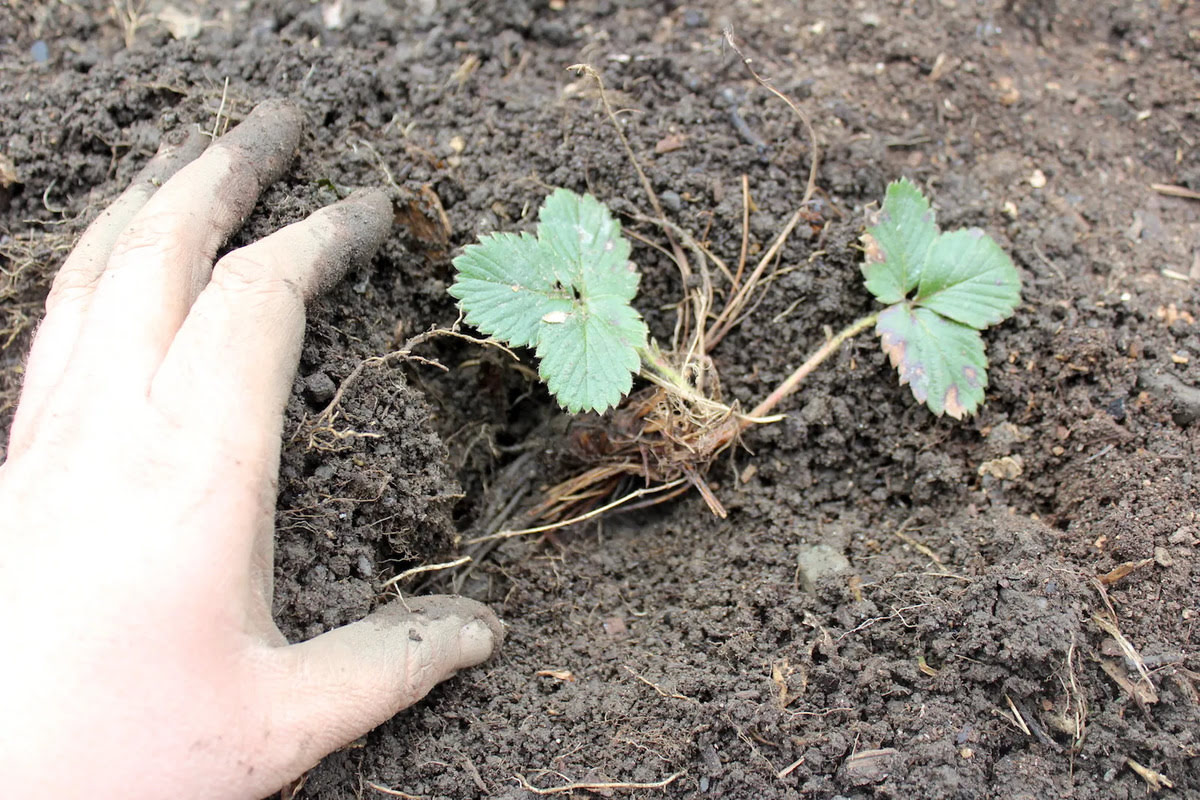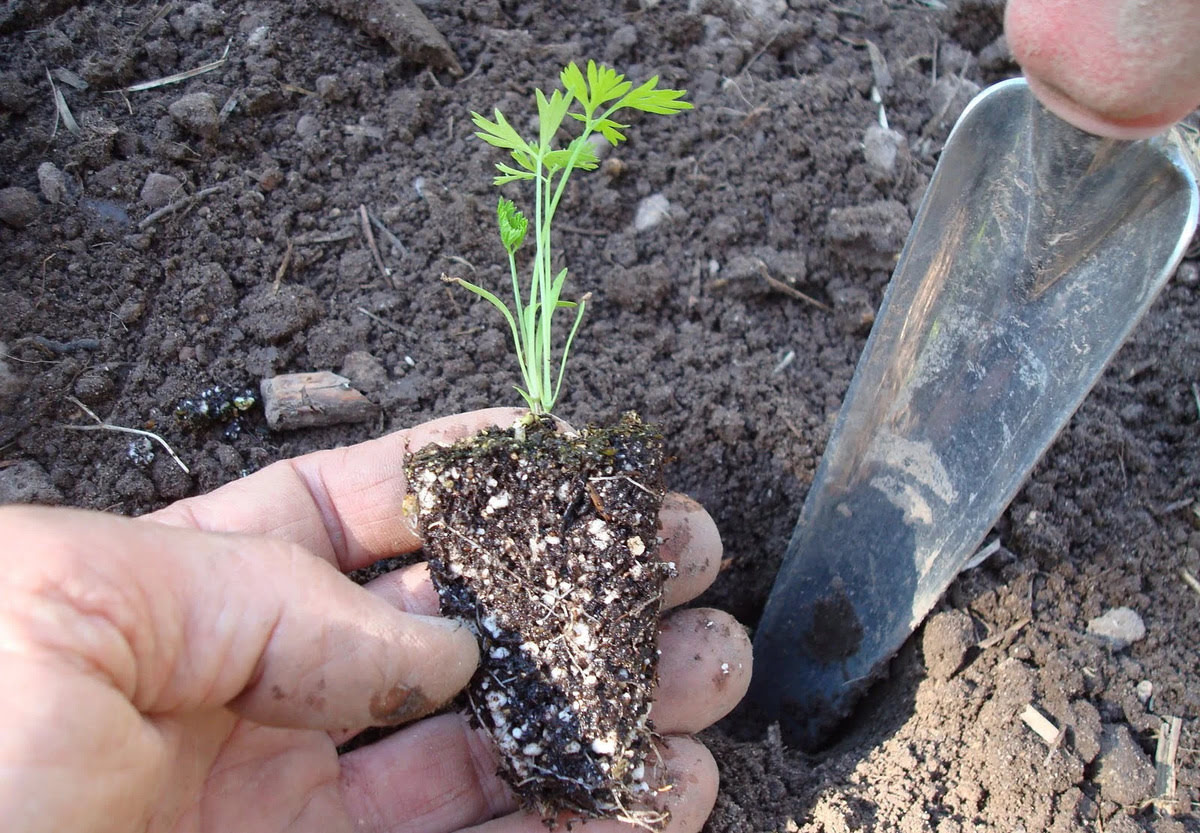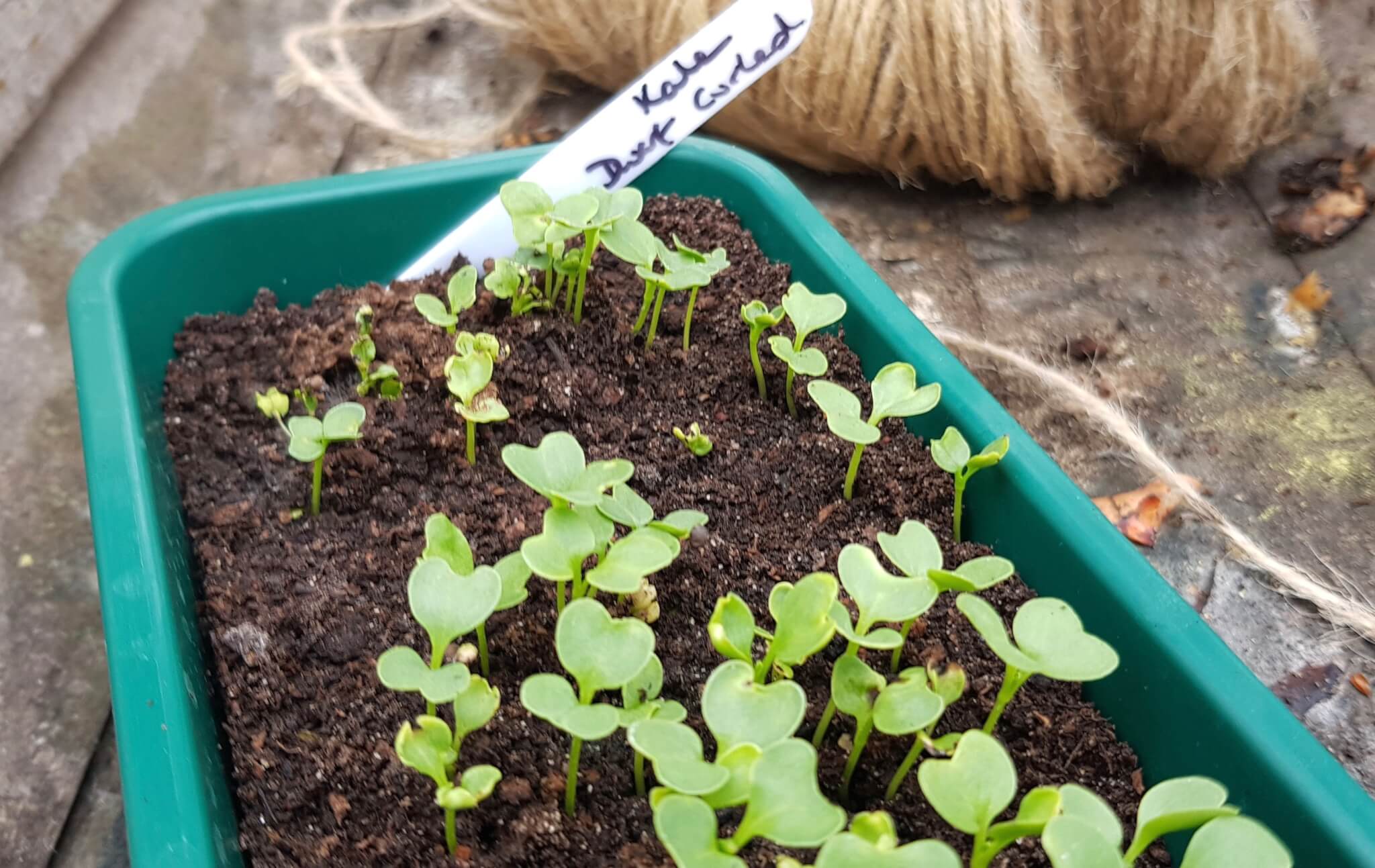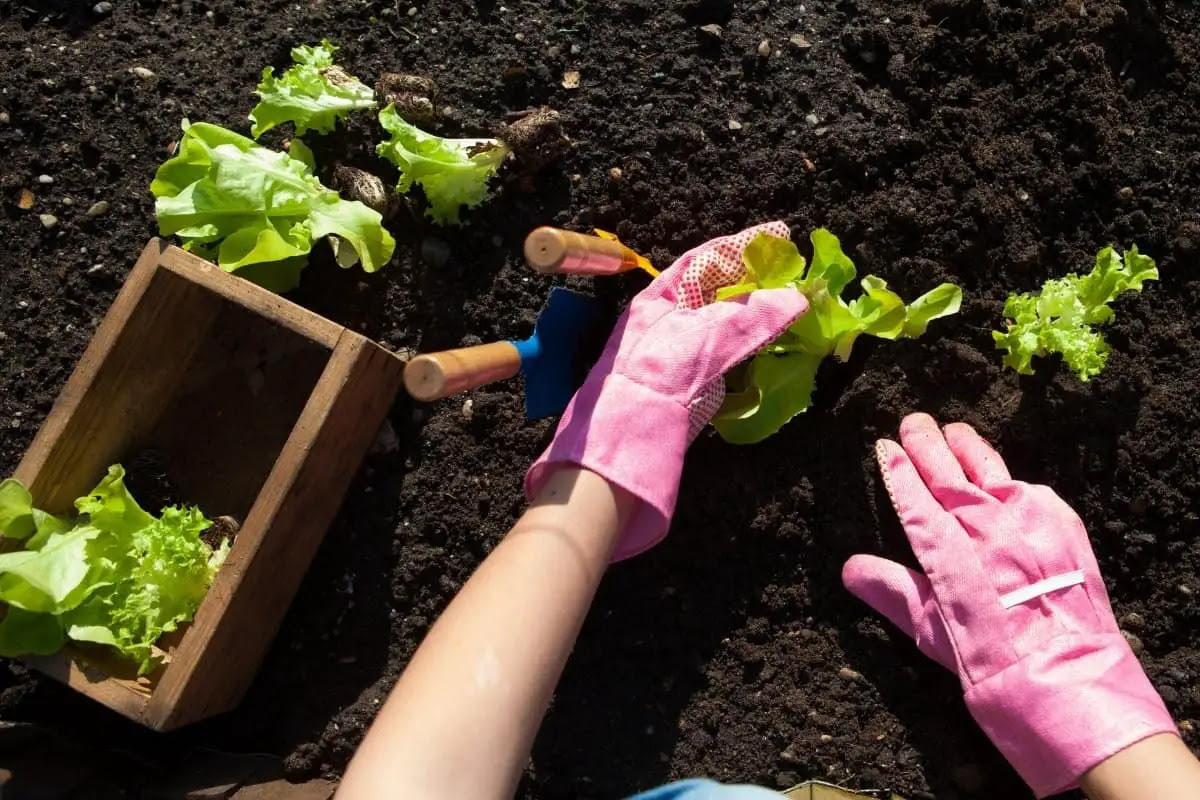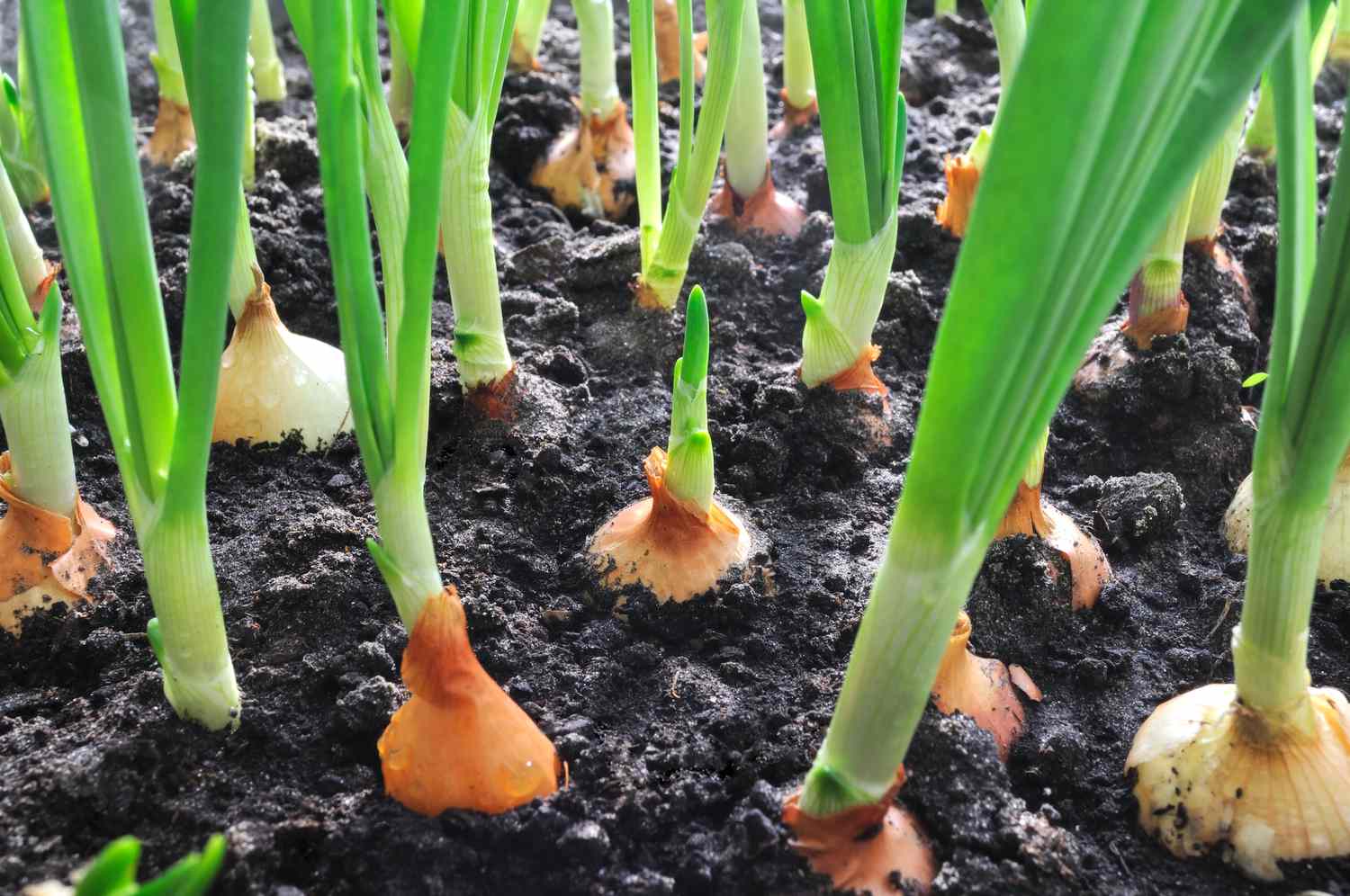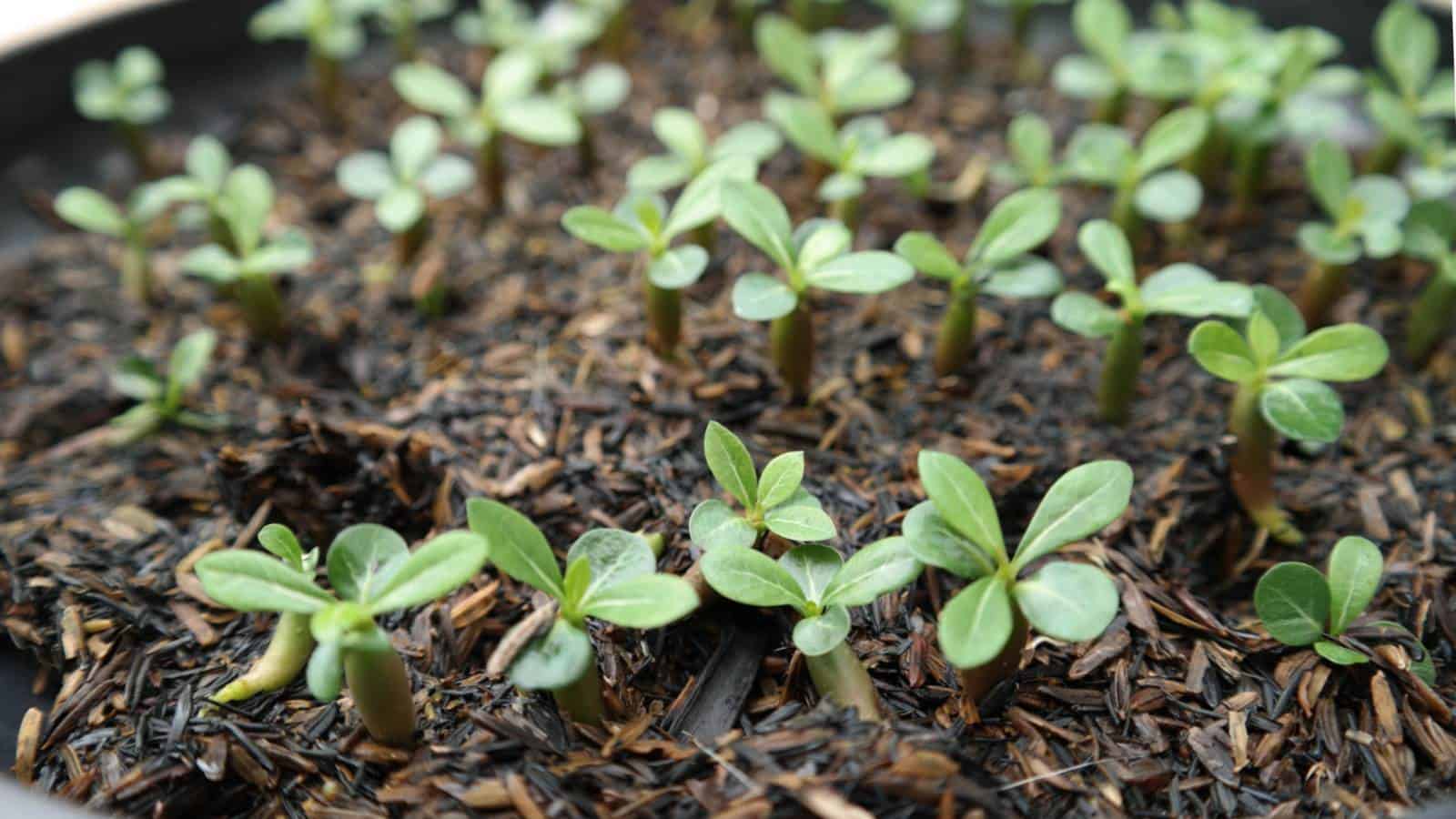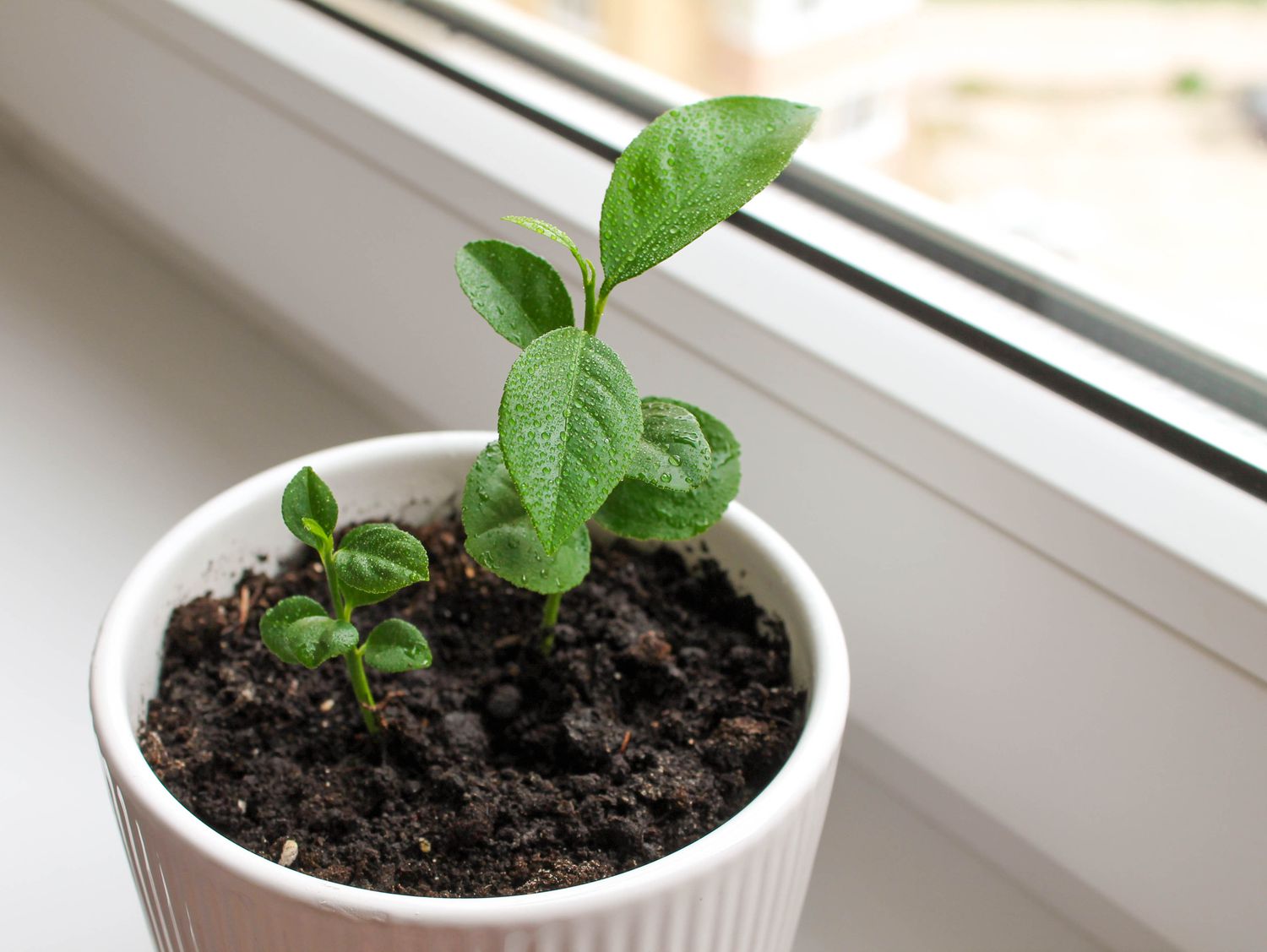Home>Types of Gardening>Edible Gardening>When To Transplant Eggplant Seedlings
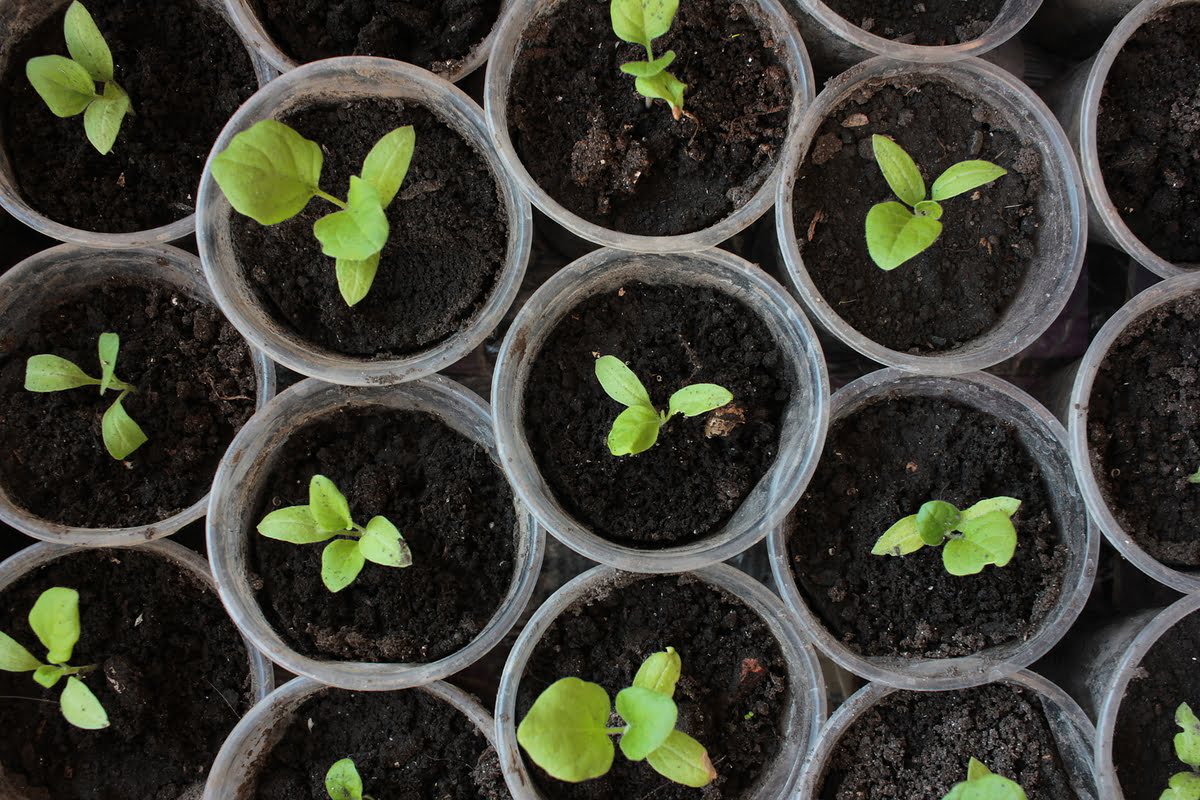

Edible Gardening
When To Transplant Eggplant Seedlings
Published: January 5, 2024
Learn when to transplant eggplant seedlings for a successful edible garden. Discover expert tips for transplanting eggplant seedlings.
(Many of the links in this article redirect to a specific reviewed product. Your purchase of these products through affiliate links helps to generate commission for Chicagolandgardening.com, at no extra cost. Learn more)
Table of Contents
Introduction
Eggplants, also known as aubergines, are a versatile and delicious addition to any edible garden. With their glossy, deep purple skin and creamy flesh, they are a staple in many cuisines around the world. Growing eggplants from seedlings can be a rewarding experience for gardeners, offering the satisfaction of nurturing these plants from their earliest stages to a bountiful harvest.
In this comprehensive guide, we will delve into the intricate process of transplanting eggplant seedlings. From understanding the characteristics of eggplant seedlings to determining the optimal time for transplantation, we will explore every aspect of this crucial stage in the eggplant's growth. Whether you are a seasoned gardener or a novice enthusiast, this article will equip you with the knowledge and confidence to successfully transplant your eggplant seedlings, setting the stage for a thriving garden and a plentiful eggplant yield.
Transitioning eggplant seedlings from their initial indoor environment to the outdoor garden requires careful consideration and timing to ensure their successful acclimatization to the external conditions. By understanding the unique needs of eggplant seedlings and the environmental factors that influence their growth, you can optimize the transplanting process, setting the stage for robust, healthy plants that will yield an abundant harvest.
Join us as we embark on a journey through the world of eggplant cultivation, exploring the intricacies of transplanting these beloved vegetables and unlocking the secrets to nurturing their growth. Whether you are a culinary enthusiast eager to incorporate homegrown eggplants into your recipes or a gardening aficionado seeking to expand your horticultural repertoire, this guide will provide valuable insights and practical tips for cultivating thriving eggplant seedlings.
Understanding Eggplant Seedlings
Before delving into the intricacies of transplanting eggplant seedlings, it is essential to develop a comprehensive understanding of these young plants and their unique characteristics. Eggplant seedlings, also referred to as starts, are the tender, early-stage growth of eggplant plants that emerge from seeds. As they germinate and develop, they require specific care and attention to ensure their healthy progression towards transplantation and subsequent growth in the outdoor garden.
Upon germination, eggplant seedlings typically exhibit delicate, pale green stems and leaves. These initial growth stages are crucial for establishing a strong foundation for the plants’ future development. As the seedlings mature, their stems gradually thicken, and their leaves acquire a deeper green hue, signifying their increasing resilience and capacity for photosynthesis.
Understanding the unique growth patterns and requirements of eggplant seedlings is pivotal for successful transplantation and sustained growth. These young plants thrive in warm, sunny environments and necessitate well-drained, nutrient-rich soil to support their development. Additionally, they are sensitive to cold temperatures and may require protection or gradual acclimatization to outdoor conditions to prevent shock and ensure their continued vitality.
Furthermore, eggplant seedlings are susceptible to certain pests and diseases, emphasizing the importance of proactive care and vigilance during their early stages. By familiarizing yourself with the common challenges that may affect eggplant seedlings, you can implement preemptive measures to safeguard their health and fortify their resilience against potential threats.
By gaining insight into the distinctive attributes and requirements of eggplant seedlings, you can cultivate a deeper appreciation for these young plants and develop a more nuanced approach to their care. This foundational knowledge will serve as a cornerstone for the subsequent stages of the transplanting process, empowering you to make informed decisions and provide optimal conditions for the successful acclimatization and flourishing growth of your eggplant seedlings.
When to Start Eggplant Seedlings Indoors
Initiating the growth of eggplant seedlings indoors is a strategic undertaking that allows for meticulous oversight of their early development, setting the stage for robust and resilient plants. The timing of starting eggplant seedlings indoors is influenced by various factors, including the local climate, the anticipated outdoor growing season, and the specific requirements of the chosen eggplant variety.
In regions with shorter growing seasons or cooler climates, initiating eggplant seedlings indoors provides a valuable head start, enabling the plants to establish strong root systems and develop sturdy stems and leaves before facing the external elements. Typically, eggplant seedlings are started indoors approximately 6 to 9 weeks before the projected date of the last frost in the area. This timeframe allows for ample indoor growth while aligning with the optimal outdoor planting window.
When determining the ideal timing for starting eggplant seedlings indoors, it is essential to consider the specific characteristics of the chosen eggplant variety. Some varieties may necessitate a longer indoor cultivation period to achieve optimal maturity for transplantation, while others may exhibit rapid growth and require a shorter duration of indoor nurturing.
Moreover, the indoor environment plays a pivotal role in nurturing the initial growth of eggplant seedlings. Providing adequate warmth, light, and moisture is crucial for fostering healthy development and ensuring that the seedlings emerge as robust and resilient plants poised for successful transplantation.
By gauging the local climate, understanding the unique attributes of the selected eggplant variety, and creating a conducive indoor environment, you can pinpoint the opportune time to start eggplant seedlings indoors. This strategic approach optimizes the plants’ early growth stages, positioning them for a seamless transition to the outdoor garden and a flourishing trajectory towards a bountiful eggplant harvest.
When to Transplant Eggplant Seedlings
Transplanting eggplant seedlings from their indoor environment to the outdoor garden demands careful consideration of various factors to ensure their successful acclimatization and sustained growth. The timing of this pivotal transition is influenced by the maturity of the seedlings, the local climate and weather patterns, and the readiness of the outdoor garden for accommodating the young plants.
As a general guideline, eggplant seedlings are typically ready for transplantation when they have developed sturdy stems, well-established root systems, and several sets of mature leaves. These indicators of robust growth signify the seedlings’ readiness to thrive in the outdoor environment and withstand the rigors of outdoor conditions.
Moreover, the local climate plays a crucial role in determining the optimal time for transplanting eggplant seedlings. It is essential to wait until the threat of frost has passed and the soil has sufficiently warmed before initiating the transplantation process. Eggplants thrive in warm, sunny conditions, and exposing them to low temperatures or inclement weather during the early stages of transplantation can impede their growth and vitality.
Additionally, assessing the outdoor garden’s preparedness for receiving the transplanted seedlings is integral to ensuring their successful integration into the external environment. Preparing the soil, addressing any potential pest or disease concerns, and providing adequate spacing and support for the young plants are essential components of facilitating a smooth and favorable transition for the transplanted eggplant seedlings.
By aligning the timing of transplanting eggplant seedlings with their developmental readiness and the conducive outdoor conditions, you can optimize the prospects for their flourishing growth in the garden. This strategic approach minimizes the risk of stress or setbacks for the young plants, positioning them for a seamless adaptation to the outdoor environment and a trajectory towards robust, productive growth.
How to Transplant Eggplant Seedlings
Transplanting eggplant seedlings from their indoor containers to the outdoor garden is a delicate process that requires precision and care to ensure the young plants’ successful establishment and sustained growth. By adhering to best practices and implementing thoughtful techniques, you can facilitate a seamless transition for the eggplant seedlings, setting the stage for their flourishing development in the outdoor environment.
Prior to transplanting the seedlings, it is essential to prepare the outdoor garden beds or containers to receive the young plants. The soil should be well-drained, nutrient-rich, and adequately warmed, providing an optimal foundation for the transplanted seedlings to thrive. Additionally, ensuring adequate spacing between the plants and addressing any potential pest or disease concerns in the garden area is pivotal for fostering a conducive environment for the young eggplants.
When the outdoor conditions are favorable and the seedlings have reached an appropriate stage of maturity, carefully remove them from their indoor containers, taking care to minimize disturbance to the roots and surrounding soil. Gently loosen the root ball to encourage outward growth and facilitate the seedlings’ acclimatization to the outdoor soil.
Transplant the seedlings into the prepared garden beds or containers, ensuring that they are positioned at an appropriate depth and are adequately supported by the surrounding soil. Providing a gentle watering immediately after transplantation can help alleviate any potential shock and promote the seedlings’ seamless integration into their new environment.
Following the transplantation, monitoring the transplanted eggplant seedlings for signs of stress, adjusting watering and care practices as needed, and providing appropriate support, such as stakes or trellises, are essential for nurturing their continued growth and stability. Additionally, safeguarding the young plants from extreme weather conditions and potential pests can contribute to their successful establishment and sustained vitality in the outdoor garden.
By following these meticulous steps and attending to the nuanced needs of the transplanted eggplant seedlings, you can optimize their prospects for robust, resilient growth in the outdoor environment, setting the stage for a bountiful harvest and a thriving addition to your edible garden.
Conclusion
Embarking on the journey of transplanting eggplant seedlings is a multifaceted endeavor that intertwines the intricacies of plant care, environmental awareness, and strategic timing. By cultivating a deep understanding of the unique attributes and requirements of eggplant seedlings, as well as the optimal timing for initiating their indoor growth and subsequent transplantation, gardeners can set the stage for a flourishing and abundant eggplant harvest.
Throughout this comprehensive guide, we have explored the nuances of eggplant seedling cultivation, from their initial stages of development indoors to the pivotal transition to the outdoor garden. Understanding the distinctive characteristics of eggplant seedlings and the environmental factors that influence their growth is fundamental to fostering their resilience and vitality throughout the transplantation process.
By aligning the timing of starting eggplant seedlings indoors with the local climate and the specific needs of the chosen eggplant variety, gardeners can optimize the plants’ early growth stages, positioning them for a seamless transition to the outdoor garden. Furthermore, gauging the maturity of the seedlings and the readiness of the outdoor environment for their transplantation is integral to ensuring their successful acclimatization and sustained growth.
Implementing meticulous techniques for transplanting eggplant seedlings, including careful root handling, strategic positioning in the outdoor garden, and proactive care and support, can significantly enhance the prospects for the young plants’ robust and productive growth. By attending to the nuanced needs of the transplanted seedlings and providing a conducive environment for their development, gardeners can nurture thriving eggplants that enrich their edible gardens and culinary endeavors.
Whether you are a seasoned gardener seeking to refine your transplanting techniques or a novice enthusiast eager to embark on the rewarding journey of nurturing eggplant seedlings, this guide equips you with the knowledge and insights to cultivate flourishing plants poised for a bountiful harvest. Embracing the art and science of transplanting eggplant seedlings empowers gardeners to orchestrate the growth and prosperity of these beloved vegetables, enriching their gardens and culinary experiences with the vibrant allure of homegrown eggplants.
